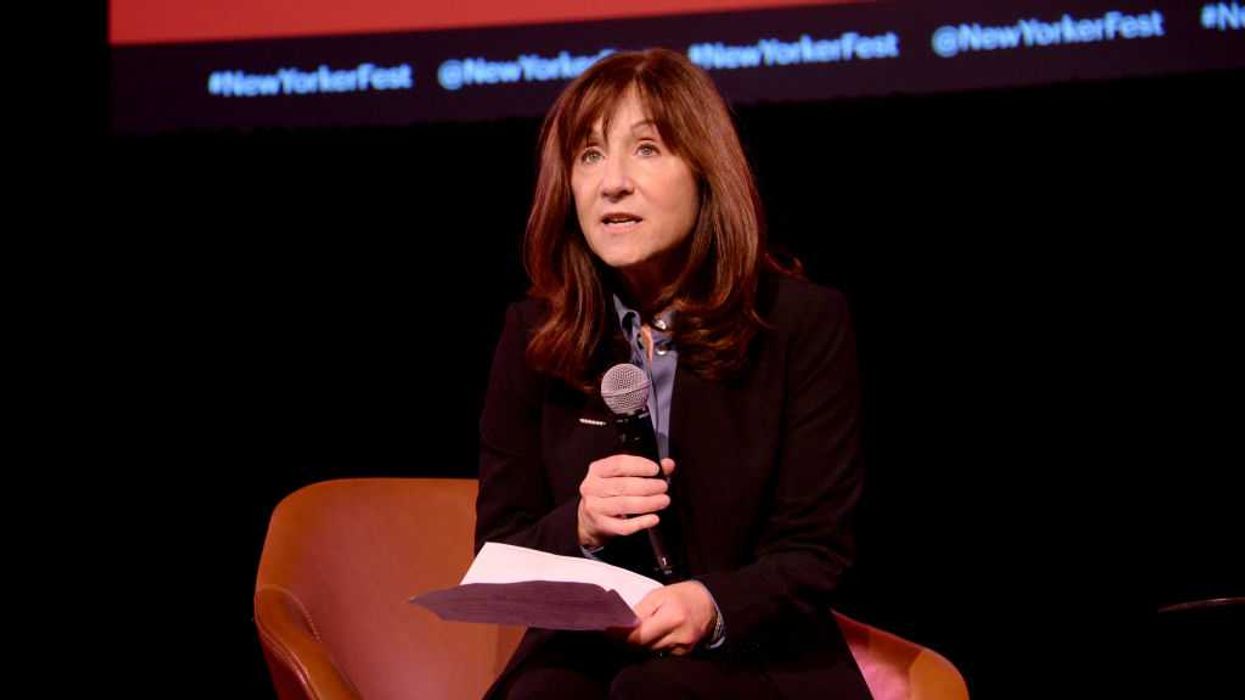
© 2025 Blaze Media LLC. All rights reserved.
"You get some ‘soft utility’ out of it. We call this ‘the warm glow.’ You feel good about helping others, even though you don’t get a direct monetary reward out of it.”
Okay, let’s face it: we all hate paying taxes and the less we have to pay, the happier we are, right? Apparently not.
According to a new study titled “Tax affinity hypothesis: Do we really hate paying taxes?” we may not hate paying taxes as much as we think we do.
 We’ll give you a minute to compose yourself.
We’ll give you a minute to compose yourself.
“People would prefer to keep a dollar than pay it in tax,” the study’s authors, Iwan Djanali and Damien Sheehan-Connor, write, “but paying it in tax is not equivalent to throwing the money away.”
The report argues that while most (if not all) taxpayers would prefer to hold on to their own money, there is some benefit to paying taxes.
“Economists generally assume that human beings get ‘zero utility’ from paying taxes,” Djanali said in an interview. “Zero utility is econ-speak for, ‘You get no benefit out of it.’ Obviously, consumption gives you a lot of utility. If you buy an apple, it satisfies your hunger.”
“We believe that paying taxes also gives you some utility, even though you’re enjoying less consumption,” he added.
“You get some ‘soft utility’ out of it. We call this ‘the warm glow.’ You feel good about helping others, even though you don’t get a direct monetary reward out of it.”
 Yeah. Definitely feeling a "warm glow" right now.
Yeah. Definitely feeling a "warm glow" right now.
Tom Jacobs of Miller-Mcune describes an experiment (called the “tax affinity hypothesis”) Djanali performed to prove his theory:
Sixty-six undergraduates were paid cash to perform a simple but tedious task: Shading in small circles. During six rounds of five minutes each, they were given a fixed sum for each circle they filled in.For certain rounds, participants were paid at a higher rate — but they were also “taxed” on their earnings, and those taxes ate up all of the difference.
“For every participant, there is one round where there’s no tax, and you make four cents for every circle that you shade,” Djanali explained. “Then there’s another round where you’re paid five cents for every circle that you shade, but there’s a 20 percent tax. So the outcome, the after-tax wage, is the same — four cents per circle.”
Now normally, you’d assume the participants would work just as hard in both conditions because the payout would be the same, right? Nope. Turns out participants worked “significantly more in the presence of tax,” according to the study.
It’s important to note that before the “taxed” rounds began, participants were made to read the following:
You may treat the tax deductions similar to the income tax you pay from your on/off campus jobs. Tax money is used by the government to fund public services and infrastructures. Tax also has a redistributive feature, as it channels some income from the rich to the poor.
“This reminder apparently acted as an incentive to productivity -- even if the workers didn’t realize it,” Jacobs writes.
 Wait. Do GSA employees living it up in Vegas fall under the "infrastructure," "public services," or "redistributive" category?
Wait. Do GSA employees living it up in Vegas fall under the "infrastructure," "public services," or "redistributive" category?
So what did the study find?
Asked if they thought they worked harder during the “taxed” rounds, less than a third answered yes, which is odd considering the fact that “most of them did work harder in those rounds,” according to the study.
“This implies that people may respond to incentives even when they are not aware that they are doing so,” the study claims, “Among those who said yes, most claimed that the added incentive of knowing that some money would go to a good cause influenced them to work harder.”
Sheehan-Connor addresses the question of whether some workers were “responding only to the higher base rate as a sort of ego gratification”:
Perhaps an individual who receives 5 cents per circle with a 1 cent per circle tax works harder than someone with a 4 cent per circle wage and no tax because he interprets that his contribution is “worth more” due to the higher wage.And that is exactly right from a social point of view: his contribution (per circle) is worth 4 cents of his own consumption and 1 cent of public consumption. A more traditional economic theory would say that he shouldn’t care about that 1 cent of public consumption and thus shouldn’t care about anything other than the 4 cents he is receiving. But our results show that he takes that extra cent that he does not receive into account.
However, perhaps the most interesting aspect of the study is the political takeaway.
“One of the biggest issues in political debates around tax reform is whether higher taxes are a disincentive to work,” Djanali said. “The argument is when you tax people so high, they’re less willing to work.”
Well, that’s not strictly true. It’s not that people are going to stop working altogether. It’s that they will find ways around high taxes which oftentimes involve things like job outsourcing and clever tax dodges like the infamous “Dutch Sandwich.”
“What we’re saying is, yes, it would reduce incentive to work,” Djanali continued, “But the reduction will not be as large as you might think, because people get some utility out of paying taxes. So this could have an impact on policy discussions.”
And there’s one last point: the study’s authors advise against making taxes less visible via value-added taxes.
“Our findings suggest that [to the contrary] it might be better to make taxes more visible – to make it really clear what people are paying for,” Djanali said.
Indeed, in the interest of advancing the tax debate, we couldn't agree more with this proposition.
Want to leave a tip?
We answer to you. Help keep our content free of advertisers and big tech censorship by leaving a tip today.
Want to join the conversation?
Already a subscriber?
more stories
Sign up for the Blaze newsletter
By signing up, you agree to our Privacy Policy and Terms of Use, and agree to receive content that may sometimes include advertisements. You may opt out at any time.
Related Content
© 2025 Blaze Media LLC. All rights reserved.
Get the stories that matter most delivered directly to your inbox.
By signing up, you agree to our Privacy Policy and Terms of Use, and agree to receive content that may sometimes include advertisements. You may opt out at any time.





